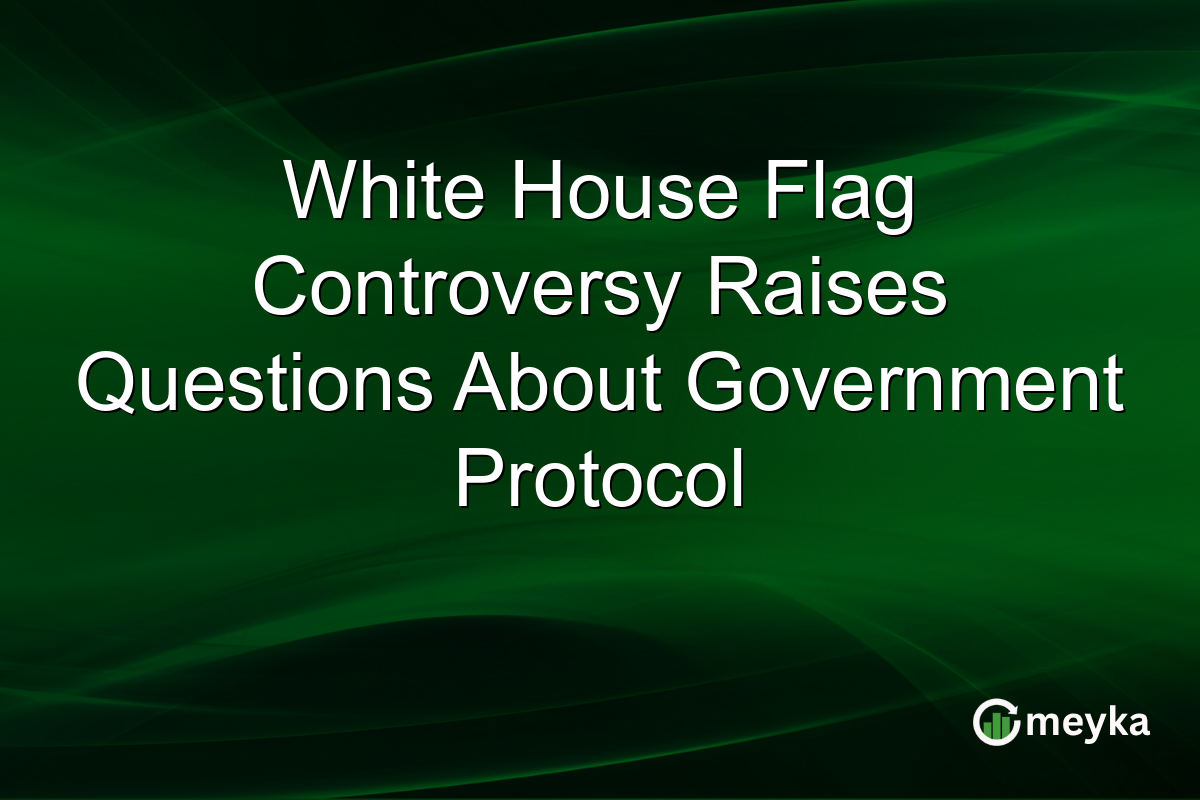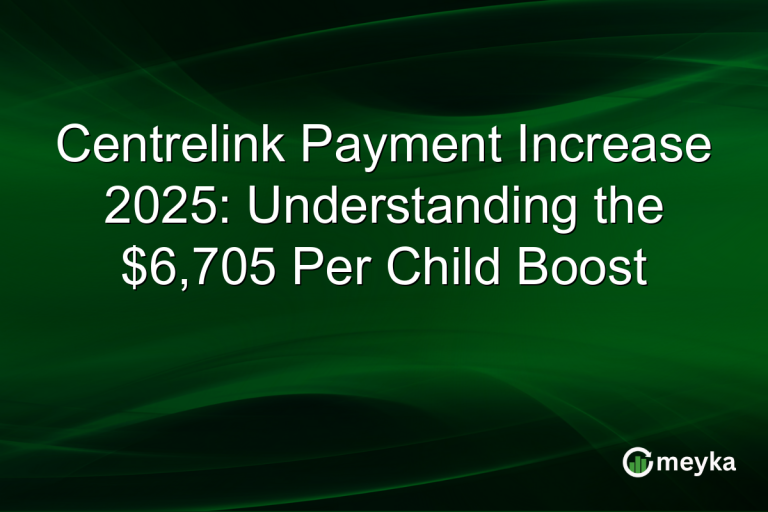White House Flag Controversy Raises Questions About Government Protocol
A recent change in flag display at the White House has ignited a public debate over governmental protocols. This “White House flag controversy” questions how national symbols should be managed and displayed, underlining the symbolic power they hold. With emotions running high, this situation has turned attention to the need for clear, consistent guidelines.
Understanding the Flag Display Issue
The controversy centers on the White House’s decision to modify how flags are displayed on its grounds. Changes were made without public explanation, leaving many confused and concerned. This highlights inconsistencies in governmental regulations related to “flag display rules.” Critics argue that national symbols like the flag carry deep cultural significance and should be subject to well-defined protocols to avoid misinterpretation.
Critics and supporters alike have voiced their opinions on social media, leading to calls for transparency from government officials. This situation emphasizes the need for clarity in how national symbols are utilized, ensuring that governmental actions reflect both respect and appropriate representation.
Social Media Insight: Check out this vibrant discussion on “White House flag controversy” on X for current public sentiments.
Government Protocols and National Symbols
At the heart of this debate is confusion over existing “government protocol” regarding national symbols. Official rules for flag display cover numerous aspects, from positioning to circumstances requiring half-staff status. However, recent events reveal gaps in these regulations, demanding a reassessment to ensure clear communication and understanding.
National symbols like flags are more than mere decorations; they embody national identity and pride. Thus, any change in their display must be handled with precision and transparency, aligning actions with established norms to maintain public trust. This incident serves as a reminder of the power of symbolism in governmental actions.
Implications of the White House Flag Controversy
This controversy has broader implications beyond the White House, affecting public perception and trust in government actions. It underscores the necessity of having clear, transparent “flag display rules” that are communicated effectively to the public.
Missteps in protocol can lead to public discontent and diminish confidence in leadership. With national symbols being potent conveyors of political and cultural messages, maintaining clarity in their use is crucial. Lawmakers may now face pressure to review and amend current regulations to prevent future disputes.
For more context on the recent changes, visit the official White House news section at whitehouse.gov/news.
Final Thoughts
The “White House flag controversy” alerts us to the critical need for consistent and transparent government protocols concerning national symbols. Flags, representing the ethos and pride of a nation, must be treated with respect and under clear guidelines to avoid controversy. This issue presents an opportunity to reinforce the importance of communication and regulation, ensuring these symbols inspire unity rather than division. The government might consider revisiting its protocols to reaffirm the values these symbols stand for, strengthening public trust and national cohesion.
FAQs
The controversy arose from changes in flag display protocols at the White House, which were made without public explanation, leading to confusion and debate over the government’s approach to national symbols.
Flag display rules cover various aspects, including positioning and occasions like half-mast directives. They ensure national symbols are treated with respect, but recent events highlight gaps in these regulations.
National symbols like flags represent a country’s identity and pride. They hold powerful cultural significance and impact public perception, making their proper use essential for unity and national pride.
Disclaimer:
The content shared by Meyka AI PTY LTD is solely for research and informational purposes. Meyka is not a financial advisory service, and the information provided should not be considered investment or trading advice.






